Samurai Armor, Clothing & Accessories
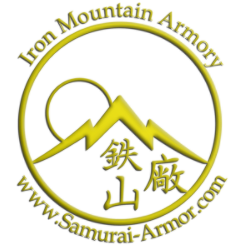
Traditional Armor for the Modern Warrior
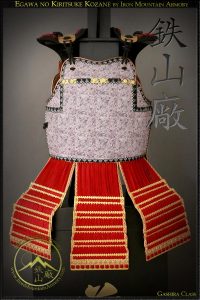
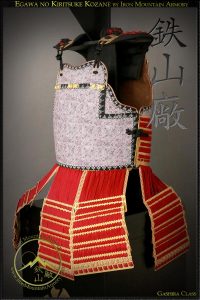
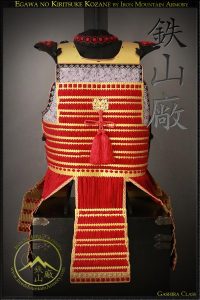
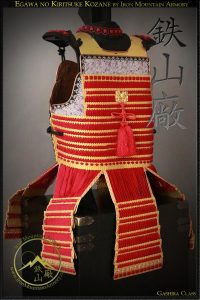
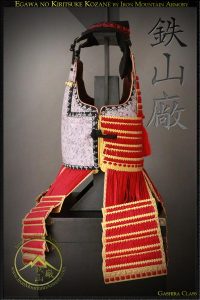
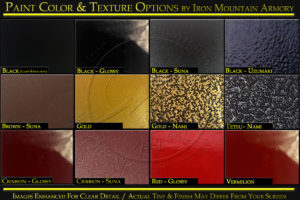
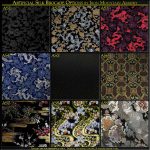
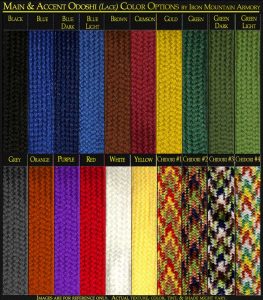
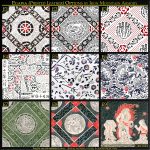
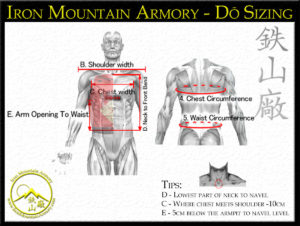
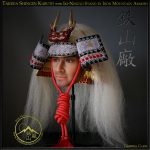
Gashira Class
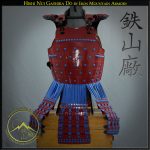
Gashira Class
Egawa no Kiritsuke Kozane
Gashira
$1,699.99 Original price was: $1,699.99.$1,329.85Current price is: $1,329.85. $1,436.24
DO7-G – Egawa no Kiritsuke Kozane
The Egawa no Kiritsuke Kozane is a classical design of a Okegawa Ni-Mai Do, crafted in Gashira Class by Iron Mountain Armory. Featuring a smooth and rounded chest plate, adorned with egawa (leather with painted patterns). The back has kiritsuke kozane (simulated scale) plating, lavished with kebiki-odoshi (full lacing). The okegawa do is hinged on the left, so it can open and close securely over the samurai. This style of samurai armor was typically reserved for higher ranking samurai and Daimyo. The pasterns painted onto the egawa could be geometrical or of mystical beasts, believed to help empower and protect the samurai while in battle.
Keeping with tradition, the katchû-shi (Japanese armor smith) of the Iron Mountain Armory are happy to custom craft your samurai armor, to your wishes. You can select from the many different paint colors, textures and odoshi (lace). You can also select the color and which patter or mystical beast is painted onto your egawa. Other options as well as sizing are also available.
Features: Gashira Class
- Traditional Kiritsuke Kozane Okegawa design
- Full sized and fully functional.
- Various paint, cotton odoshi, accessory, customization and sizing options available.
- Optional kawa koshi tsuke (removable gasen / kusazuri). Removable Tate-Eri.
| Our skilled katchû-shi (armorers) at the Iron Mountain Armory will need at least 2 to 4 weeks, depending on options selected, and other scheduled orders, for the custom handcrafting of your samurai armor set. |
|---|
Ordering Tips: Iron Mountain Armory recommends that you order one size larger AND one size shorter than the size required, as the armor is close fitting. The armor can close into itself if too big, but will be a little uncomfortable if fitted too tall. If you’re planning on wearing a yoroi hitatar or a kikko gane do under your armor, we suggest adding 10 cm to your chest size when ordering. Like other Okegawa Do it features a pin hinge under the left armpit, which can be removed to make it a traditional Ni-Mai Do, after which you can attach a through the hinge.
To see the class differences, please view Kachi Vs. Gashira.
| For more information, please review our Order Options Explained, Glossary Terms or FAQ Pages. You can also Contact Us directly. We are always happy to be of service. |
References: “Samurai Armour: Volume I: The Japanese Cuirass” by Trevor Absolon / “Art of the Samurai: Japanese Arms and Armor, 1156-1868″ by Kazutoshi Harada, Metropolitan Museum of Art
| Weight | 7 kg |
|---|---|
| Dimensions | 41 × 41 × 51 cm |
 SHIPPING & DELIVERY
SHIPPING & DELIVERY
Unless otherwise noted in the product description, LSE contracts Iron Mountain Armory China to hand make and ship all products. Iron Mountain Armory will drop ship directly to recipient worldwide. Shipping rates and times depend on selected courier / service, individual products, weight / size of item(s) and other details. Delivery times are not guaranteed. Orders are packed and shipped with care. Because we ship worldwide and regulations differ between countries, sometimes extra time is needed when preparing and shipping your package. We make every effort to ship each order in a timely manner.
For more information please review our Shipping &Delivery Policy.
Related products
In stock
In stock
In stock
In stock
In stock
In stock
In stock
In stock
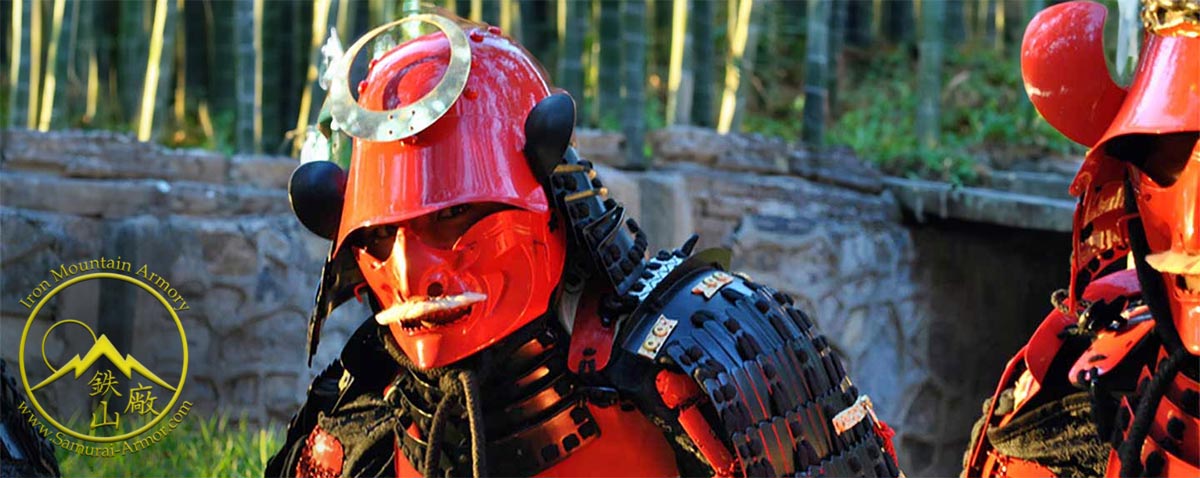
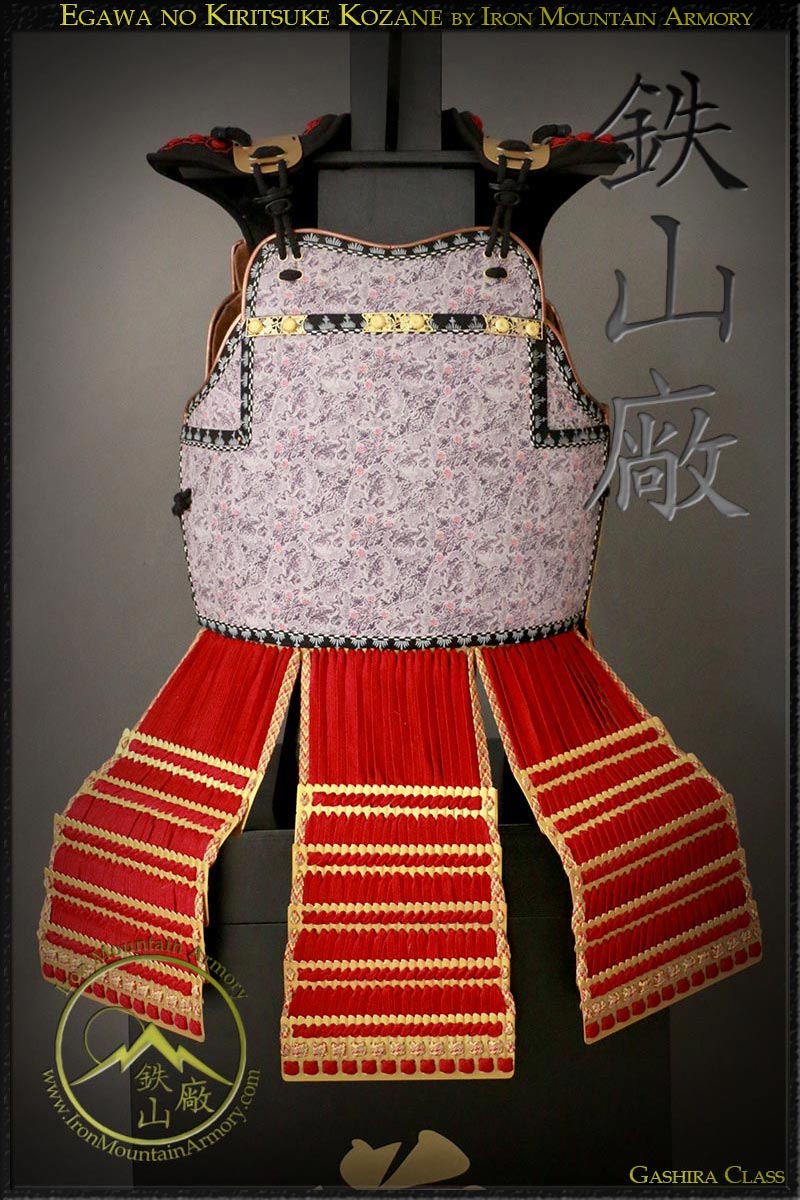
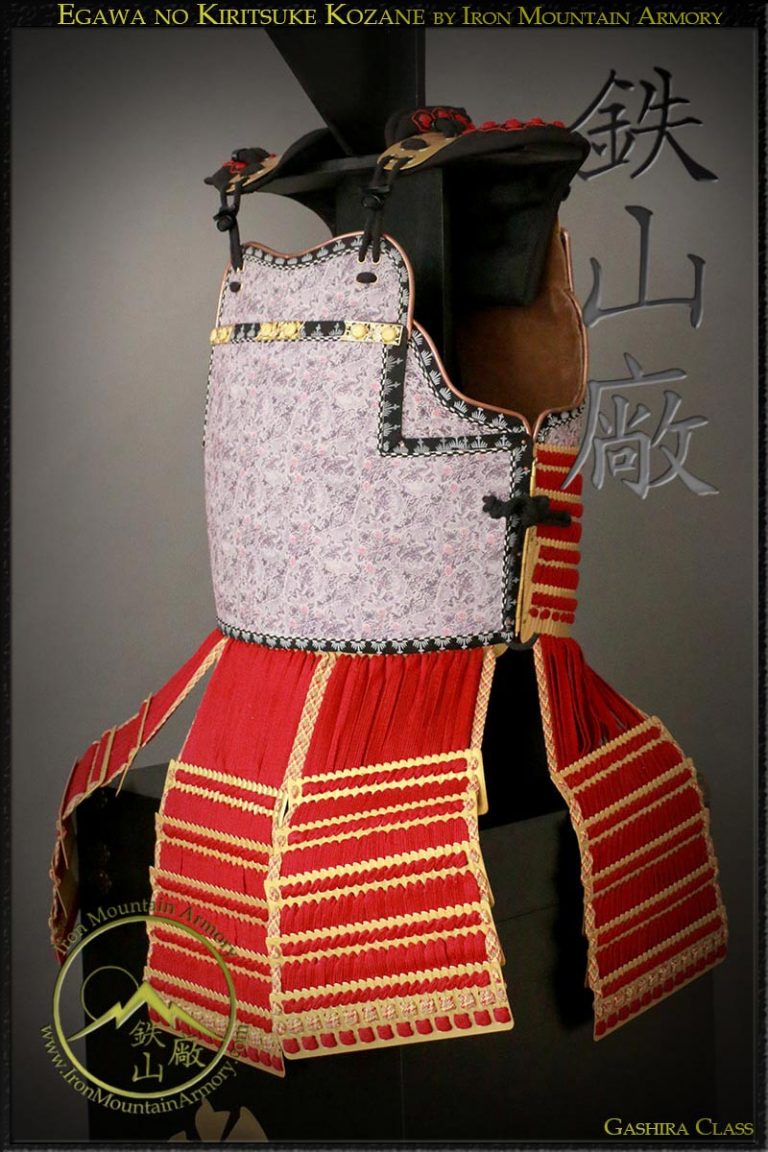
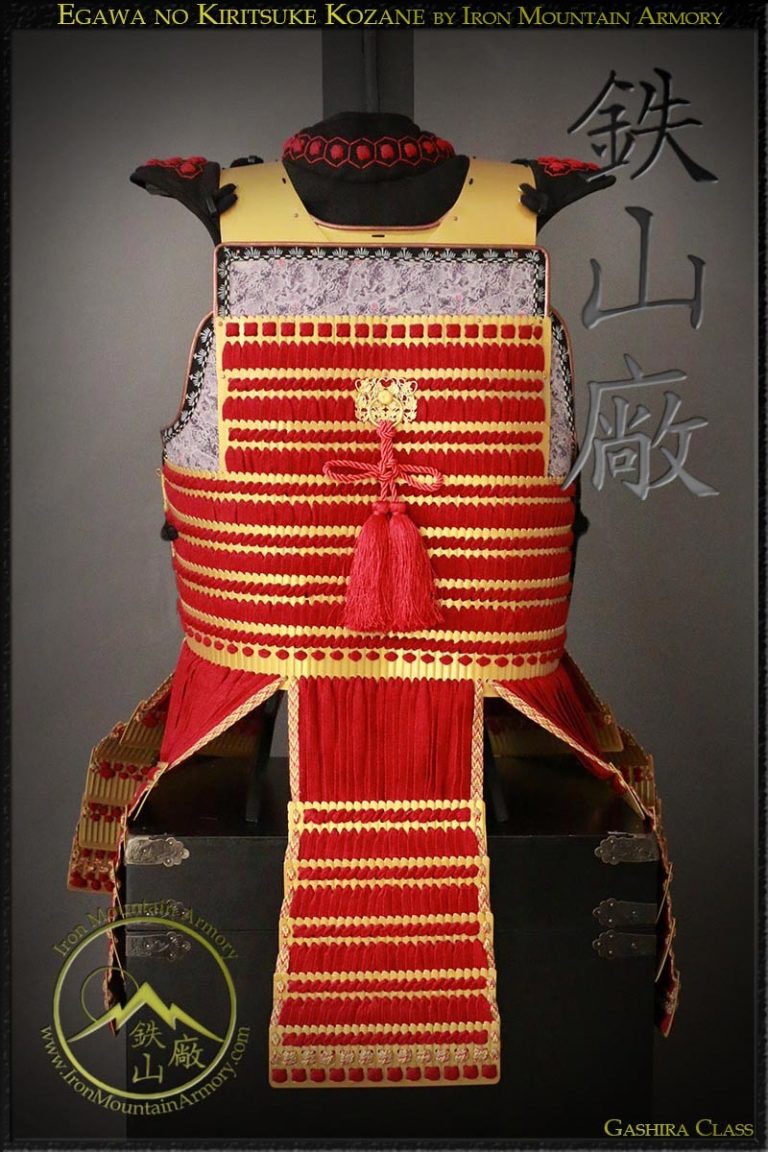
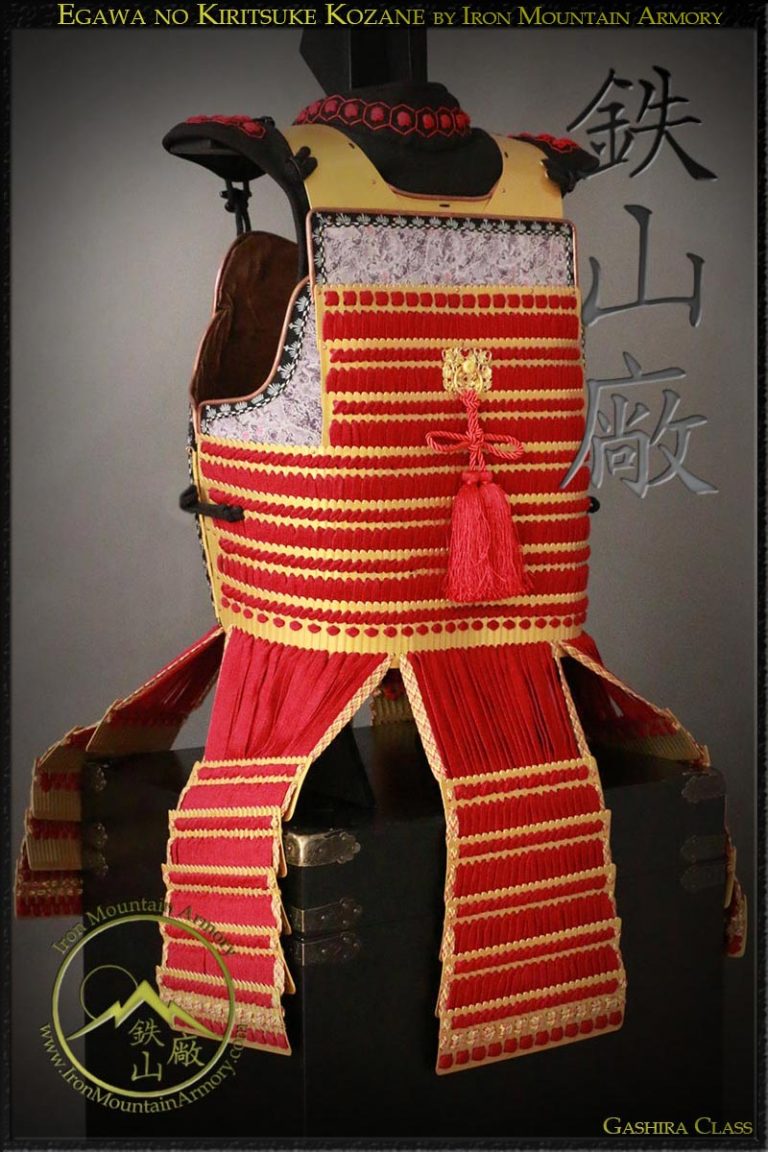
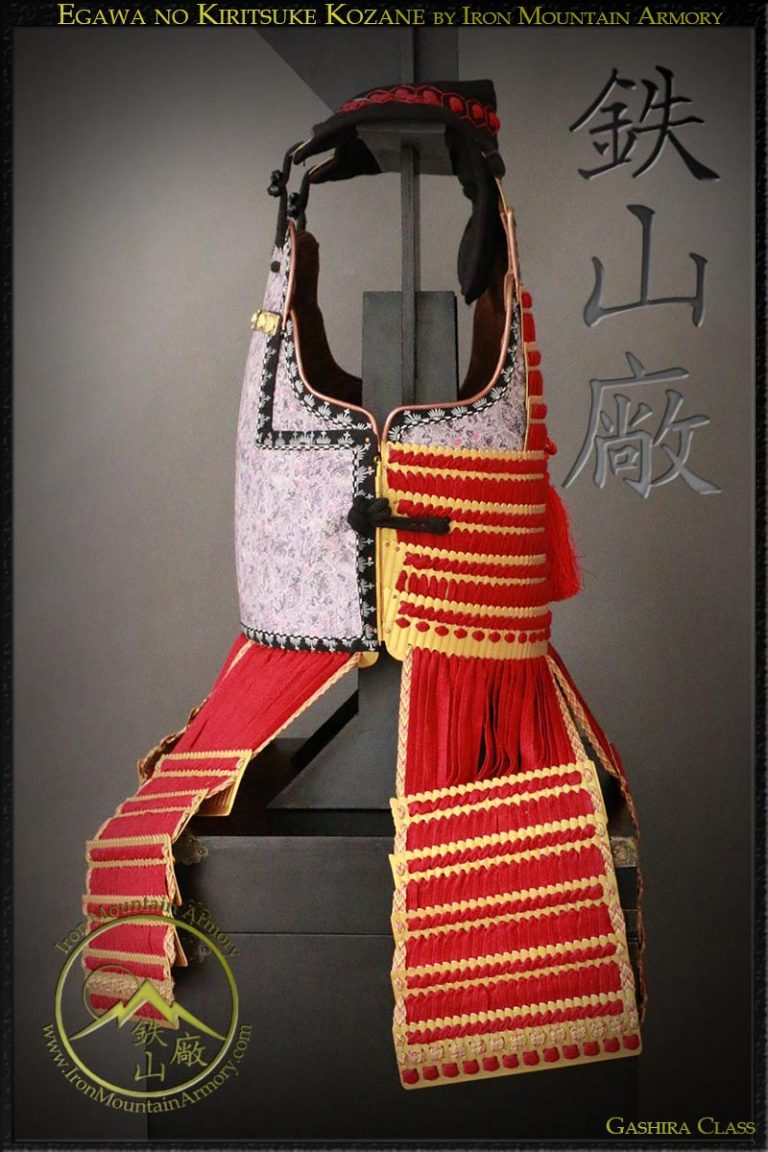
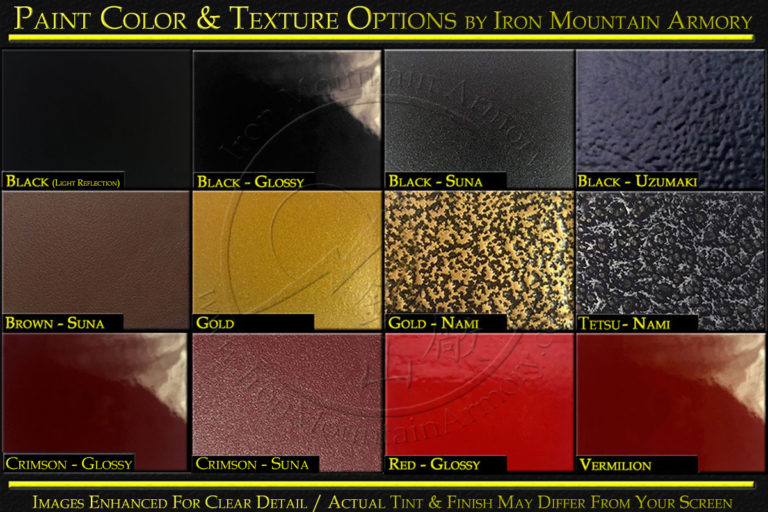
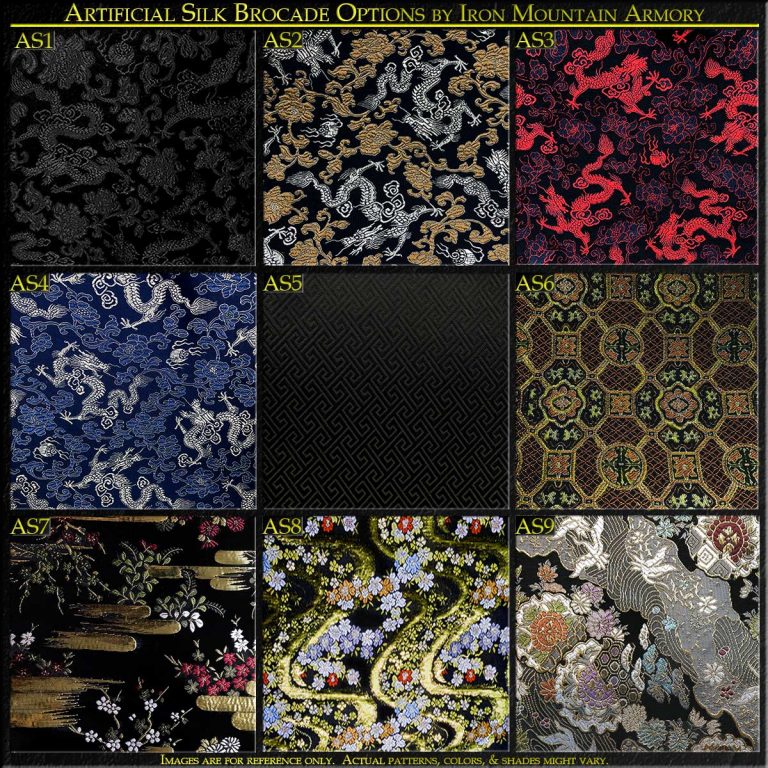
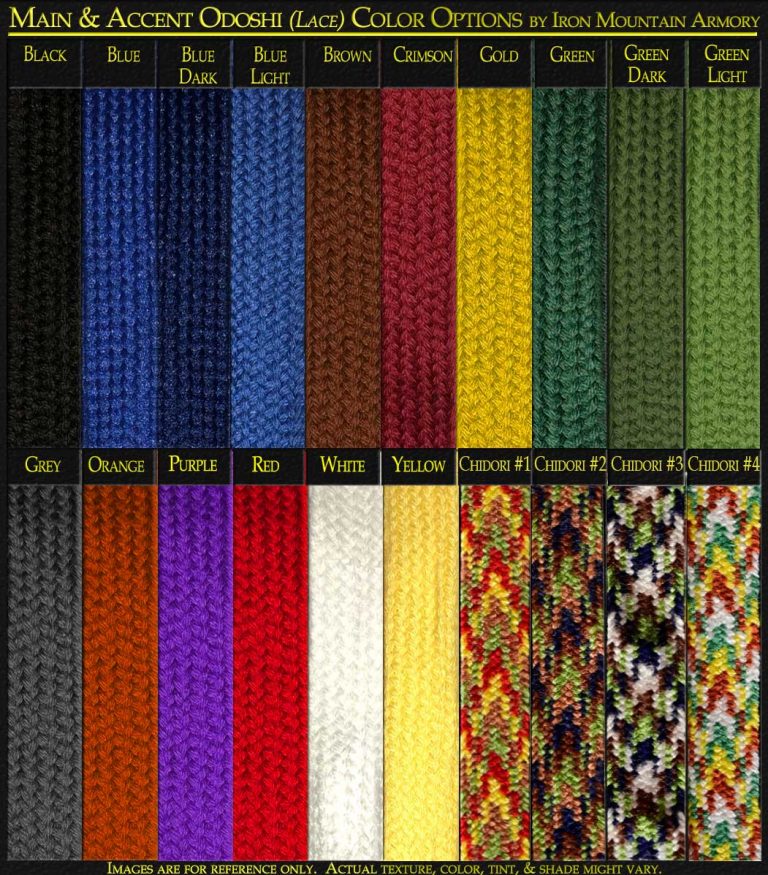
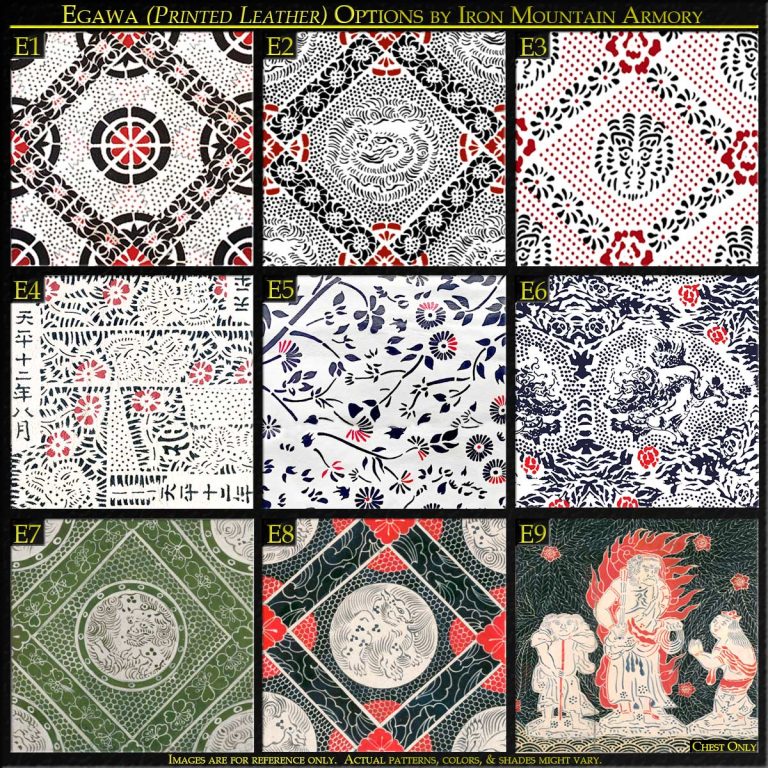
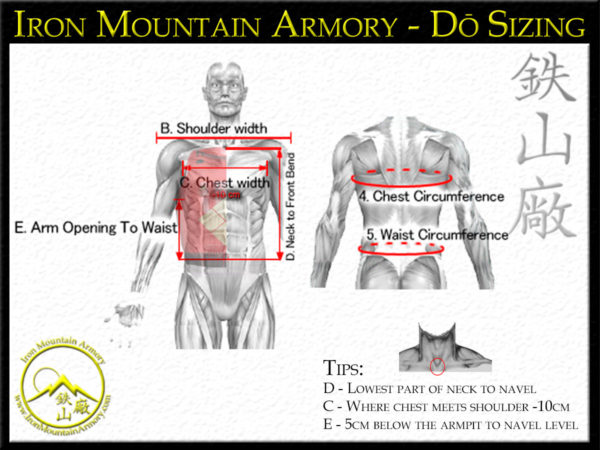
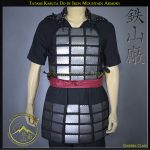
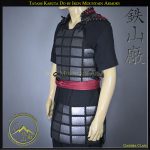
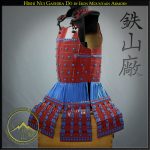
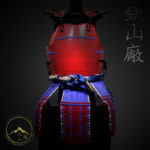

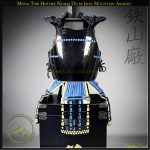
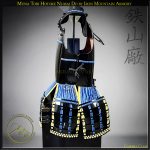
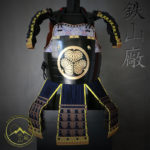




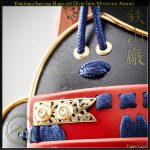
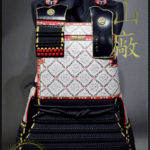
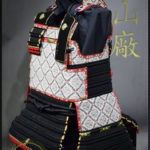
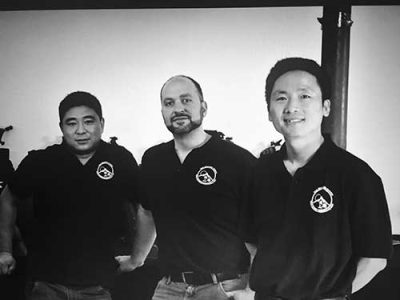
Reviews
There are no reviews yet